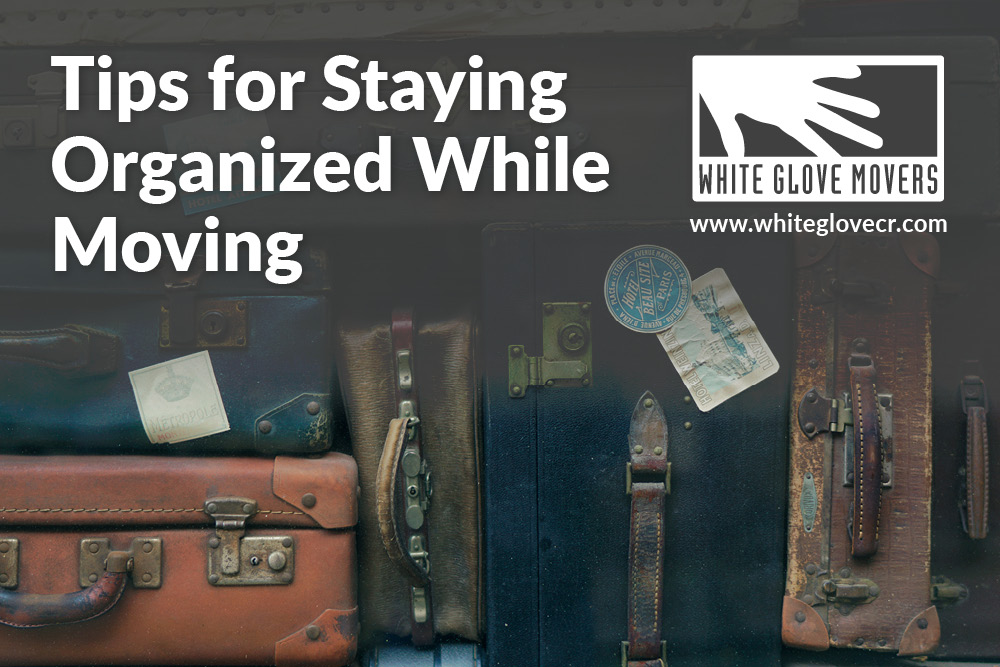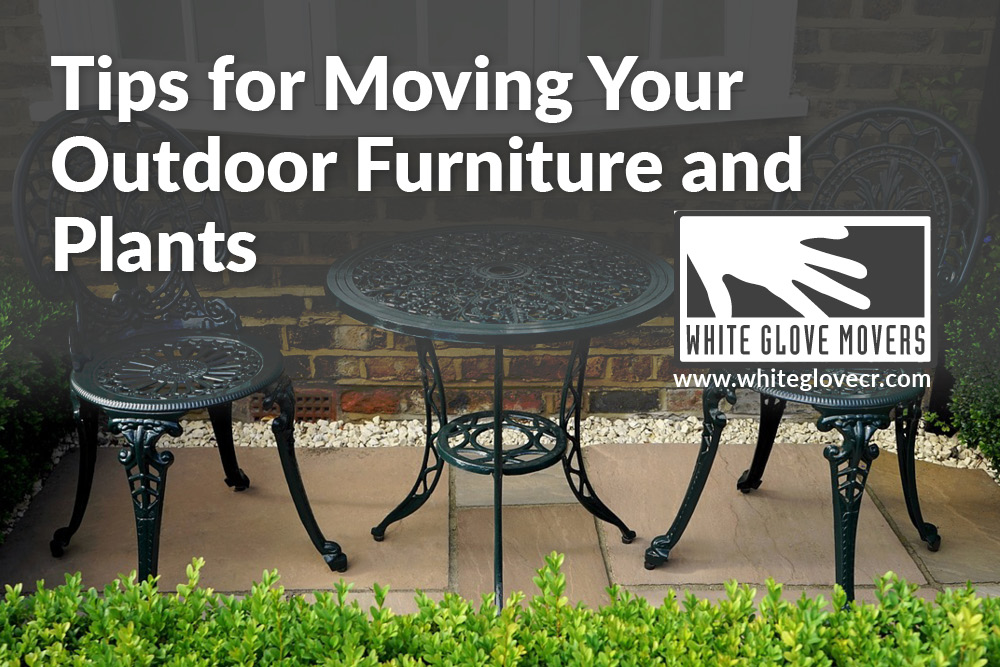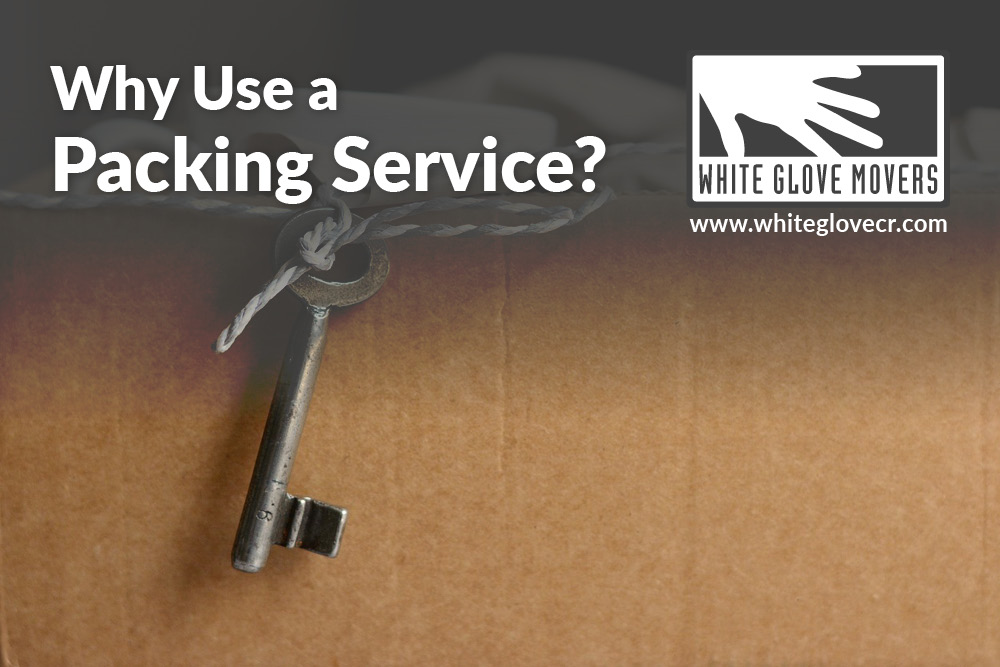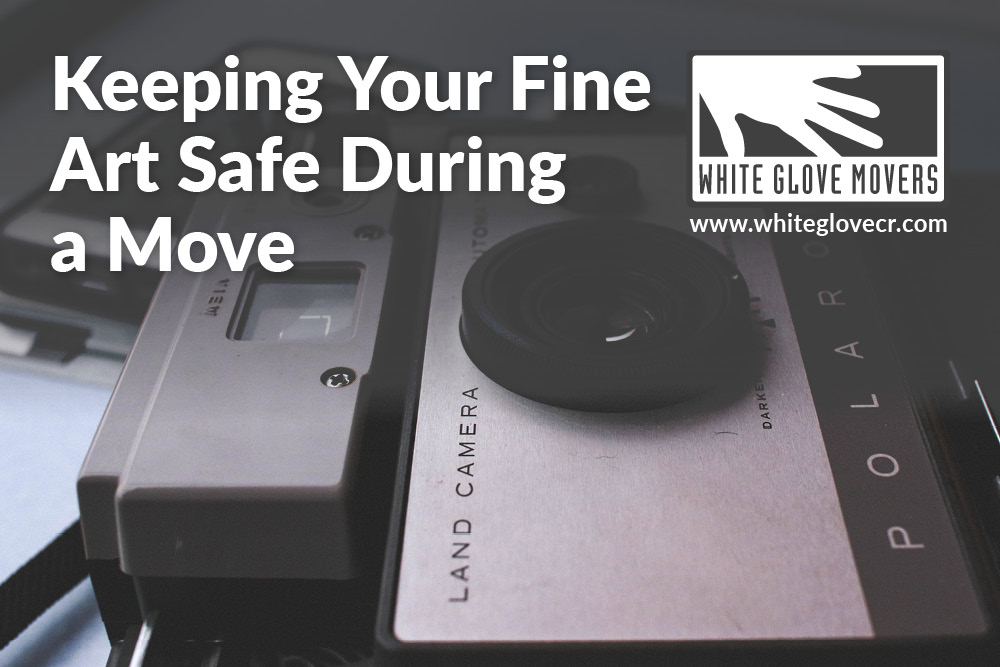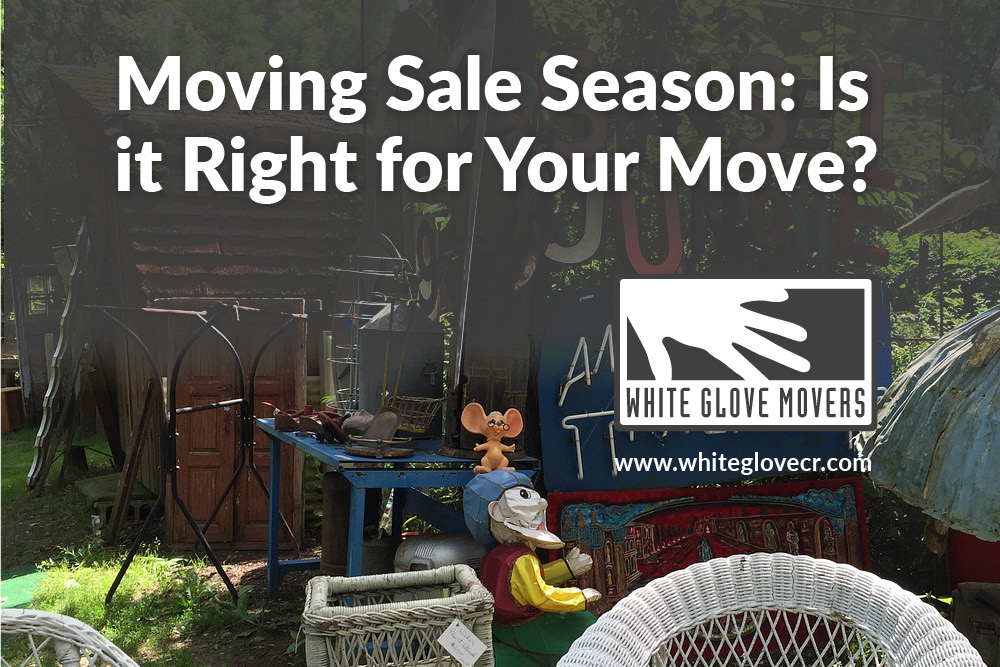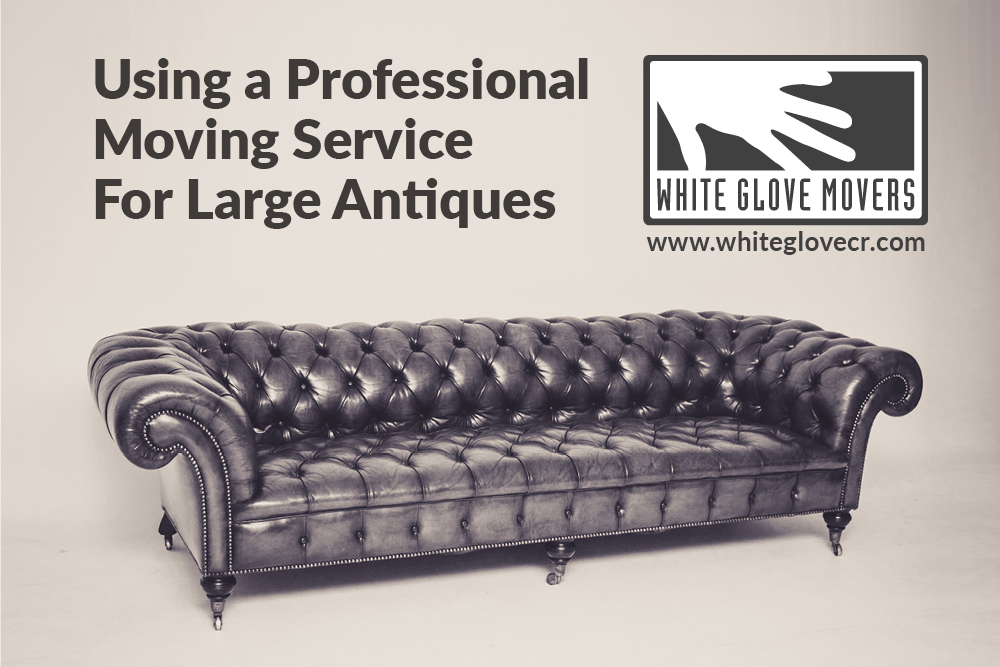Are you getting ready to move out of state? Do you know whether your move is officially considered an interstate move?
Knowing all the details about your residential move is critical for having a smooth moving day. One thing you should know is the type of move you’re going to be making. For example, is your move considered an intrastate or interstate move? Do you know the difference? There seems to be some confusion amongst homeowners as to what constitutes interstate and intrastate moves, so today we’re taking time to clear things up.
Understanding the kind of move you will be performing is the first step on the right path. When you start reaching out to moving companies, the first question they will ask you is whether your move is interstate or intrastate. The benefit of knowing the difference is that you’ll be protected against scammers. Knowing the difference between the two will also help you keep track of your rights.
To better understand the difference between the two types of moves, let’s take a closer look.
What exactly is an interstate move?
During an interstate move, you are transporting belongings in and out of state lines, which includes overseas. There are rules laid down by the FMCSA (Federal Motor Carrier Safety Administration) that govern interstate moves. Your move is considered an interstate move if the long-distance moving company crosses a state border at any time during the moving process
Are your items being transported by truck, van, or train? Even if the moving vehicle doesn’t cross state lines, your move is still an interstate move if your items cross a state border. One thing you should consider is that long-distance moves usually cost more than local moves, so be prepared for that.
What constitutes an intrastate move?
A move that is completed without crossing a state border is considered an intrastate move. These moves are not regulated by the FMCSA but rules do apply to intrastate moves that do not apply to interstate moves. Did you move to Iowa from another state but now you’re moving to another city in Iowa? Before you move within the State of Iowa, you should familiarize yourself with the terms and conditions of moving since they vary by state.
Local (intrastate) moves often cost less than long-distance ones but moving companies may still charge a long-distance fee depending on the mileage. Before you decide on a licensed moving company, have a conversation about your move type so you’re not surprised by fees you didn’t know about. Knowing your rights and checking on the moving company’s licensing will help you rule out untrustworthy companies. You should also verify if the company you’re considering is licensed to do interstate moves.
Are you getting ready to move to another city or state? White Glove Movers can help you with all of your residential moving needs. We’ve been performing interstate and intrastate moves since 2004. From packing to moving and hauling we do it all. We’d be happy to make the moving process as smooth as possible for you. Call us today to discuss your upcoming move.



